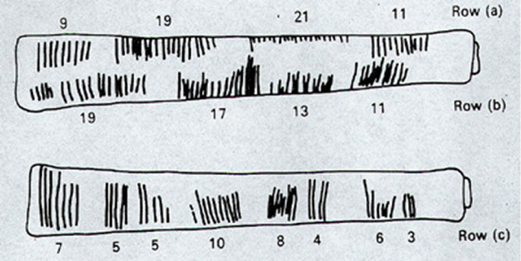
I am Katie Doyle, in the University of Dundee studying for an MA (Hons) in Education.
I have always wanted to go into teaching, as far back as I remember. Back then it was because I saw teachers everyday and admired them as role models and wanted to be a role model for children myself when I grew up. In recent years, however, I have worked with children and been able to reflect on the experiences which shaped my plans up until I began the course.
In my journey to teaching, I spent two years as a peer mentor for the Ripple Project, a community hub in Edinburgh. I found the whole experience very challenging, while I was there and dealing with the kids, but it was also difficult to deal with on a personal level. I found it hard interacting with the children, knowing their backgrounds and details of their personal lives. One child in particular who was ‘my’ child, was dealing with problems which I genuinely thought only happened in ‘Tracy Beaker’. It made me reflect upon my own experience growing up and how different my childhood was to hers. I had never experienced any real difficulties at all: my parents are still happily together; I’ve never wanted for anything, money, clothes, food etc; and I have never experienced violence or conflict in my home. Her life is so different to mine, and that makes me sad, but it also makes me determined. Determined to take full advantage of every opportunity offered to me, to study for the career I really want, and determined to use that career to make a real difference to the children that I work with.
Throughout my primary years, I found school very difficult. Often, I simply could not keep up with the rest of the class academically. I was always in the ‘Extra Spelling’ or ‘Extra Maths’ class, and was always in the bottom set of these classes. For me, this used to be very demoralising. I have considered my experiences more recently, and my goal in teaching is to look into helping struggling individuals similar to myself, as I know what a horrible feeling it is to struggle in school like that, something I would very much like to prevent future generations of children from experiencing in school.
I went through the private school system and I had both access to and the benefit of academic tutoring throughout my school career. While I am very grateful for these opportunities, I do not think that my parents’ financial situation should have dictated whether or not I had access to academic resources and private tutoring. I believe that all children should be able to access a high quality education, and my ultimate goal is to leave this course qualified to provide just that.
Having completed 1PP1, I have seen education from a different side, that of a teacher as opposed to that of a pupil, and it has given me an appreciation for the amount of effort that goes into being a teacher. I spend the whole time exhausted, eating at odd times and getting an average of 5 hours sleep, and all that was on my mind was the class I was working with. I was obviously doing significantly less work than that of a full teacher, which shows me just how much they do! The amount of work that they do is incredible! I also had the benefit of working with a very good teacher, who was very willing to put in a lot of time with me and also allowed me a lot of freedom within the class which made me very motivated and gave me the chance to really use my own skills, and I am very grateful to her for such an experience.















